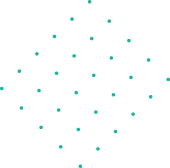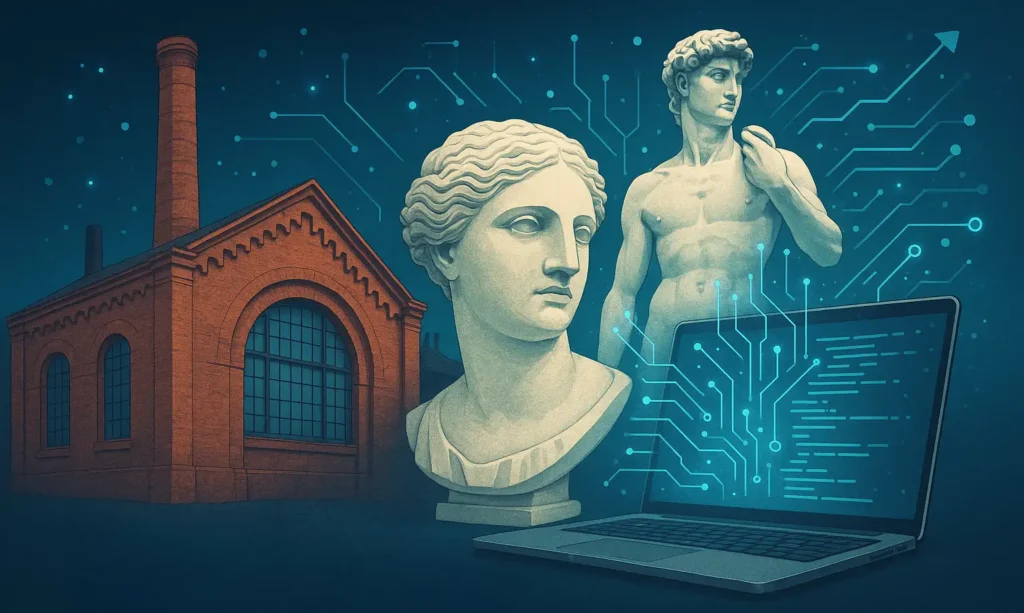Introduction
Digital transformation offers powerful enablers for the circular economy—redefining production, consumption, and lifecycle management of resources. By integrating advanced technologies such as AI, IoT, blockchain, digital twins, and big data analytics, regions can develop robust models for reuse, remanufacture, and resource optimization. This article presents concrete examples across industries and cites key scientific studies validating these benefits.
1. Digital Twins & Big Data for Resource Optimization [8]
A recent study in *Prosperity Quarterly* (2025) found that digital twins and big data systems enable real-time tracking of materials and products, enhancing product life cycles and substantially reducing waste streams [8].
In Belgium, a manufacturing cluster implemented a digital twin system to monitor machine parts across multiple facilities. Predictive analytics scheduled maintenance well before failure, reducing waste and extending asset life by ~20%.
2. AI & Industry 4.0 Technologies [7]
A systematic review in *Applied Sciences* (2021) shows that digital technologies—including AI, IoT, VR/AR, and blockchain—are core enablers for industrial circular economy, underpinning new business models and smarter resource use [7].
In Germany, an automotive supplier uses robotic disassembly lines and AI quality detection for end-of-life vehicles. Robots dismantle components for reuse, cutting waste material by 30% and reducing CO₂ emissions.
3. Blockchain for Circular Traceability [6]
A 2024 review identifies blockchain as a vital tool for supply chain transparency, enabling “4R” flows—reduce, reuse, recycle, recover—with immutable provenance tracking across stakeholders [6].
In Austria, a pilot project in furniture manufacturing uses blockchain to trace recycled materials and certify recycled content, improving consumer trust and corporate transparency.
4. Support for SMEs & SMMEs [5]
Research in the *Journal of Management & Organisation* (2024) demonstrates that SMEs adopting digital tools like ERP systems, automation, and platforms benefit from operational efficiencies and clearer circular business models [5].
In Spain, a circular building materials start-up developed a digital marketplace to match surplus materials with demand, reducing construction waste by 40% and shortening lead times.
5. Smart Circular Cities & Cultural Heritage [4]
Studies on frameworks such as IDEAL-CITIES show how smart, digital urban systems can manage local resources and heritage actively, blending sensor networks, citizen input, and circular objectives [4].
In Greece, the Delphi4Delphi project digitized and restored archaeological sites. The virtual experiences delayed physical restoration, preserving the site with fewer resources while increasing visitor engagement.
Conclusion
Digital transformation is not merely a support—it’s a fundamental enabler of high-performance circular economies. By enabling smart resource tracking, robotic recycling, blockchain-backed transparency, and city-level orchestration, regions can shift from linear to circular models. This integrated approach delivers environmental, economic, and social gains—key objectives of HI-EURECA-PRO’s mission.
References
- 1. OECD (2020), The Circular Economy in Cities and Regions, OECD Urban Studies.
- 2. Moreno et al. (2018), *Indicators for a Circular Economy in Regional Context*.
- 3. Jensen et al. (2025), *Developing a Model of Circular Economy Engagement for Public Organizations*.
- 4. Seigneur & Gendron (2022), *The Role of Place in the Development of a Circular Economy*.
- 5. Smith et al. (2025), *Skills for a Circular Economy Transformation—A Regional Case*.
- 6. López-Ruiz & Larrañaga (2018), *Economic & Social Win for CE at Regional Level*.
- 7. Applied Sciences (2021), *Industry 4.0 and Circular Economy: Enablers and Applications*.
- 8. Prosperity Quarterly (2025), *Digital Twins in Circular Supply Chains: A Systematic Review*.




